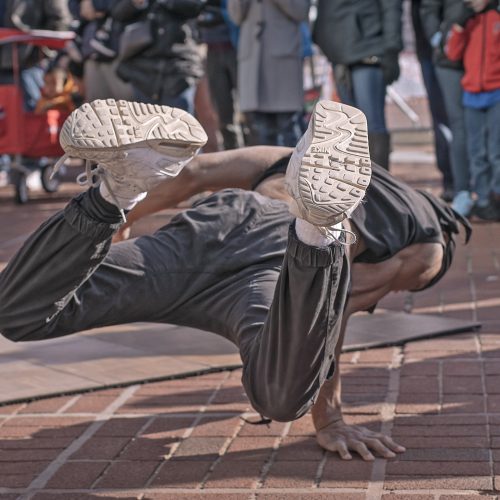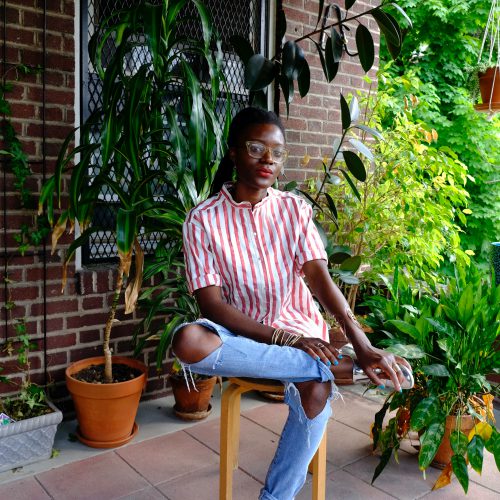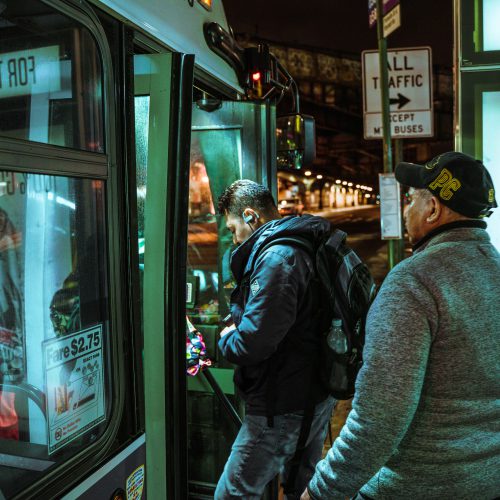August is Summer Sun Safety Month – a time to learn the signs of sun damage and remember the ways to protect yourself, your family, and your friends from the harmful effects of ultraviolet radiation from sunlight.
During the summer, people spend more time outdoors. Beach trips, swimming, exercising outdoors, playing in the park, attending a BBQ, going for a hike, or simply enjoying a walk around the block, each of these activities involve spending time outside and results in more sun exposure. Sunlight is essential for your body to produce vitamin D. But, too much of it can cause harmful effects to your skin and eyes. Excessive exposure to ultraviolet (U.V.) light cis the cause of most types of skin cancer. It can also lead to cataracts and eye cancer.* To protect yourself, precautions are necessary to reduce the risk of skin or eye diseases while spending time outside in the sun.
Here are ways you can protect yourself and your family from U.V. radiation damage:
- Take note of the time of day: U.V. rays are at their strongest between 10 a.m. and 4 p.m. It’s also important to note that clouds offer little protection since U.V. rays can bounce off surfaces like water, sand, snow or pavement, leading to increased U.V. exposure.
- Protect yourself with sunscreen: It’s best to put on a broad-spectrum sunscreen that has a sun protection factor (SPF) of at least 30 every time you head outdoors. Even on cloudy days, you should still use sunscreen! You should reapply your sunscreen every two hours or every hour if you are swimming. If you are using leftover sunscreen from year to year, be sure to check the expiration date.
- Use sunglasses: The main objective of sunglasses is to protect your eyes from U.V. radiation. Your retina, lens, and cornea can be damaged by too much U.V. light. Sun damage and exposure to U.V. lights can cause cataracts, clouding of the lens, and even increase your risk of developing ocular melanoma. Look for sunglasses that block both types of UV radiation (UVA and UVB rays).
- Wear protective clothing: In addition to sunscreen, protect your skin with dark, tightly woven clothing that covers your arms and legs. Broad-brimmed hats provide better protection than visors and baseball caps. Wearing a hat saves your face, hair, ears, and neck from U.V. rays. Keep an eye out for clothing companies that sell photoprotective clothing with a U.V. protection factor.
Although the American Cancer Society does not have screening guidelines for skin cancer, individuals should be proactive by checking their skin regularly in order to spot new growths or abnormal areas.** For more information on skin cancer prevention, how to protect yourself and your children from the sun, and how you can get screened for skin cancer, click here.
*SUMMER SUN SAFETY MONTH -August 2022 – National Today
** Skin Cancer Screening Guidelines | Cancer Screen Week






